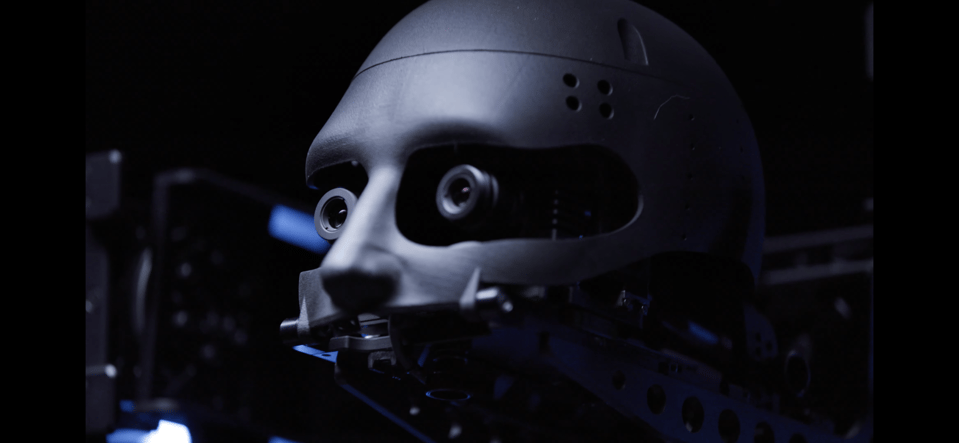
Blogs
BUDDY Test Case: Angular Jitter “Slight irregular movement”
This blog starts a series of test case descriptions that give insights into tested phenomena and what really is behind the resulting performance value. I will start with the measurement of Angular Jitter.
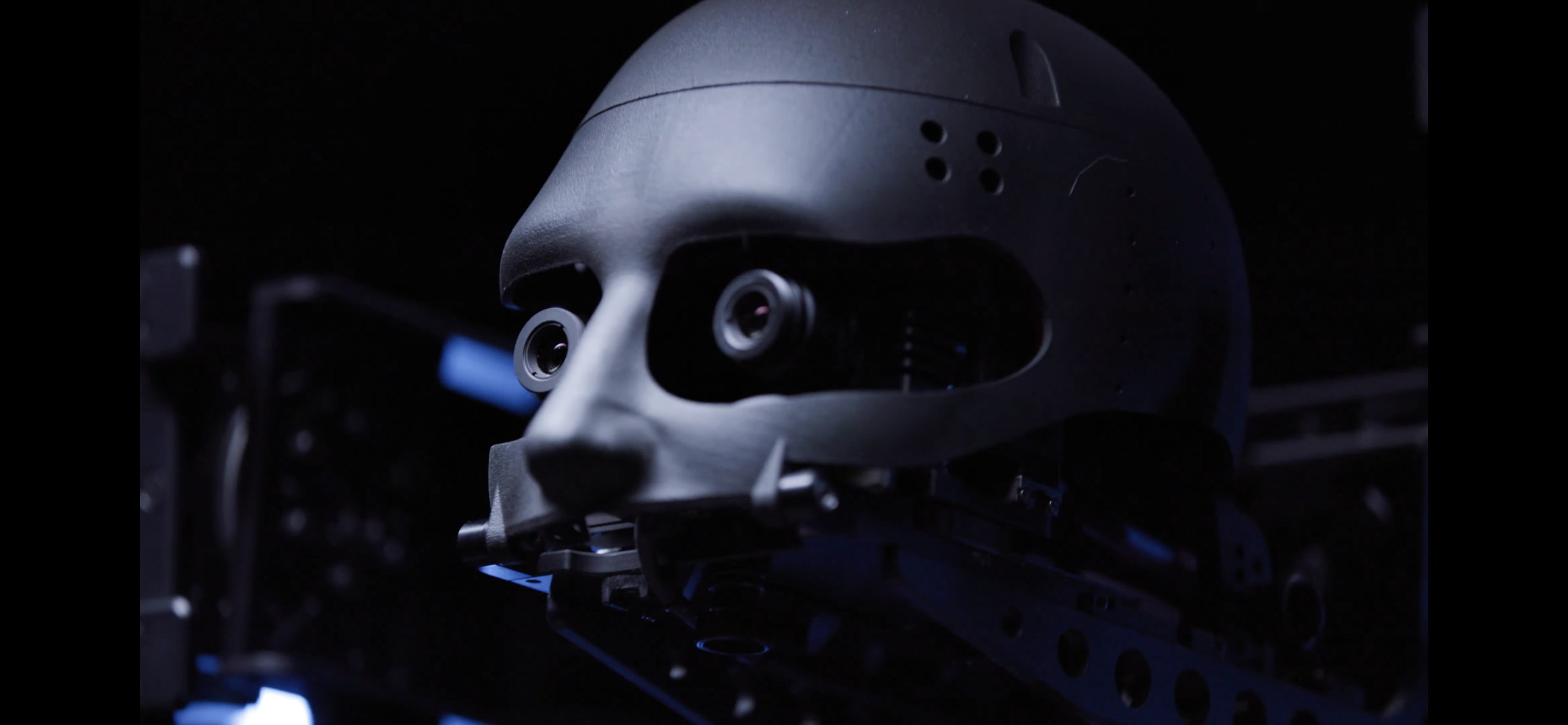
Think that you are looking directly and steadily in a certain direction and the world in your eyes is shaking. That is what you would be experiencing if your head-mounted display (HMD) had jitter issues. Your brain is telling you that your head is absolutely still but the image in your eyes is telling a different story. And that would eventually make you feel sick and destroy the sense of immersion in the virtual world.
To study a characteristic jitter of a HMD one would need to know the actual movement of the device under test (DUT) and the movement in the virtual world. In the case of a jitter, the first one is easy. It is just needed to keep the DUT stable and still. For the movement in the virtual world, a known reference image is needed. In the case of OptoFidelity BUDDY, we use our trusted marker constellation application which allows accurate determination of the virtual camera angle.
If and when the actual HMD angle remains unchanged, the corresponding higher frequency virtual camera angle movement can be considered angular jitter.
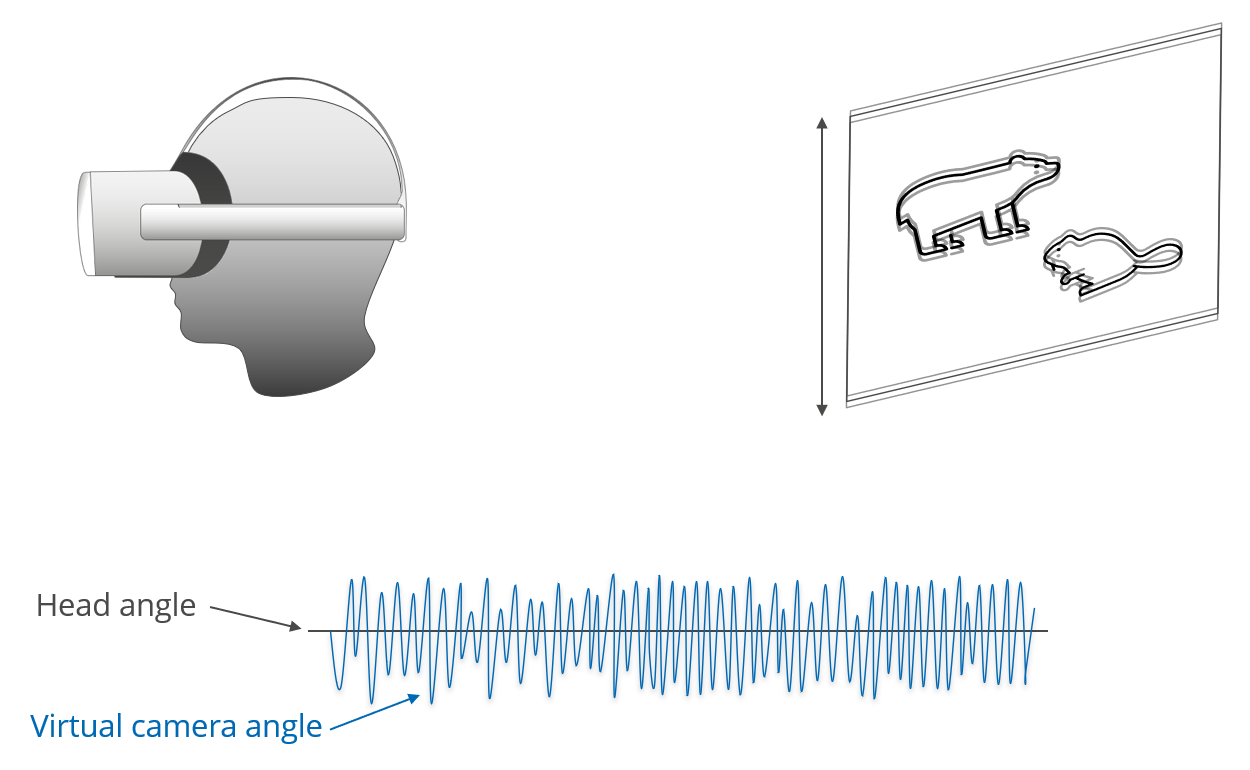
But how this jitter can be defined as a numerical value then?
Naturally, we are interested in the magnitude of the angle change, but to be able to distinguish between jitter and bigger single-step changes or drifting, we have to take frequency into account. We do this by utilizing an analysis window. We define jitter as a difference between the highest and lowest points of the angle graph inside the analysis window.
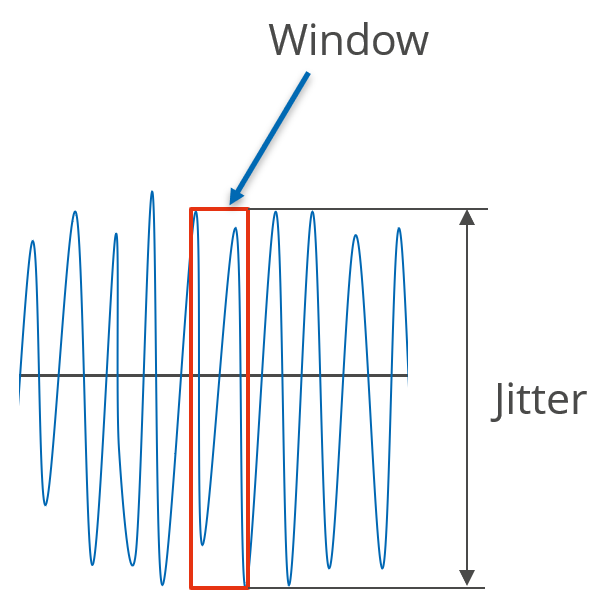
For the complete data set, we use a sliding window. In picture 3 you can see how the jitter value is defined for data points. In this example, we use a 3-data point window.
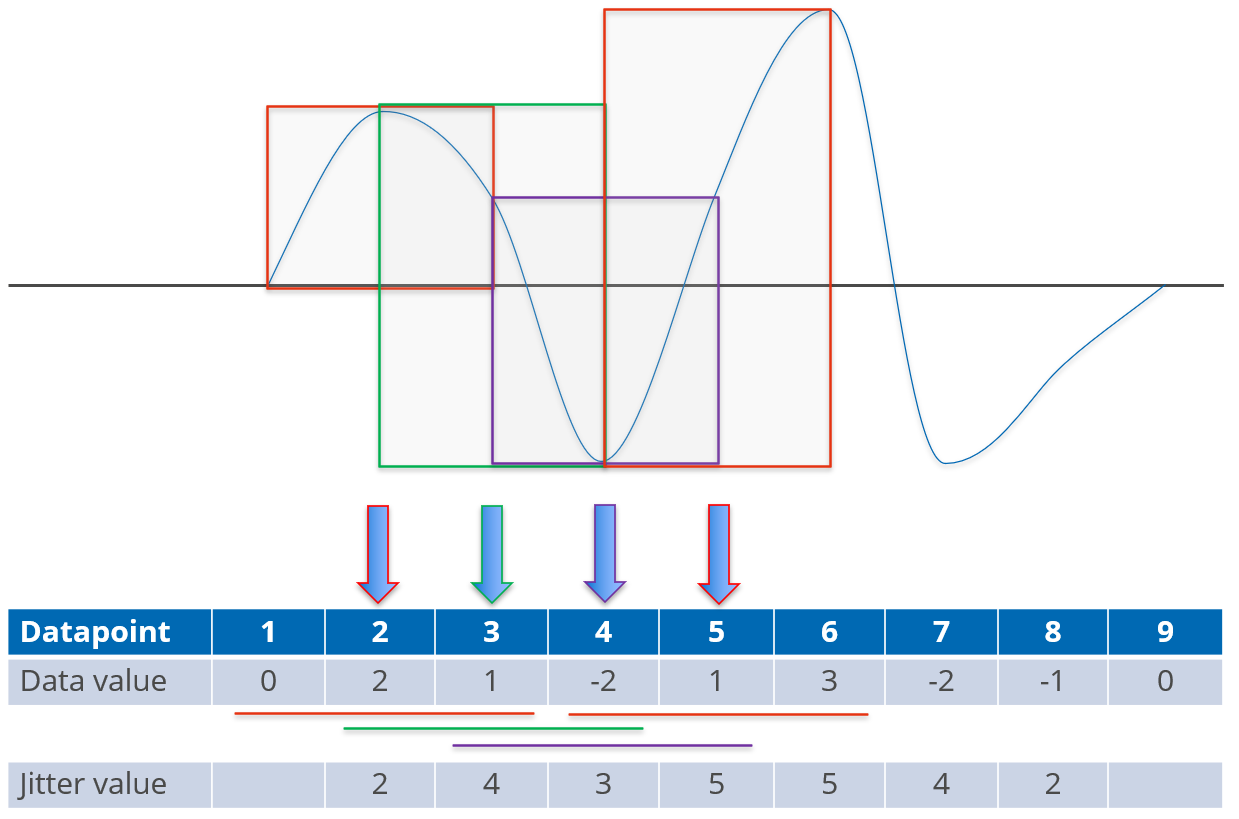
The Jitter-value for each window is the difference between the highest and lowest data points. Finally, the maximal jitter value is given as an overall result.
Being able to measure and analyze HMD’s characteristic jitter allows the fine-tuning of the HMD movement recognition and reduces these unwanted phenomena.
OptoFidelity is leading the design and manufacture of automated test systems for the AR/VR/MR market. BUDDY with its patented technologies has been serving customers since 2017. It is one of its kind in AR and VR HMD performance testing. BUDDY’s precision robotics accurately model human movement while gathering data on the tracking performance of AR/VR glasses. With its 6DOF (six degrees of freedom), BUDDY puts you ahead of the curve early in HMD product development.
Interested in measuring the performance of your HMD, Cloud rendering, or Network in AR/VR use? Contact us today and we are happy to guide you further.
Written by


